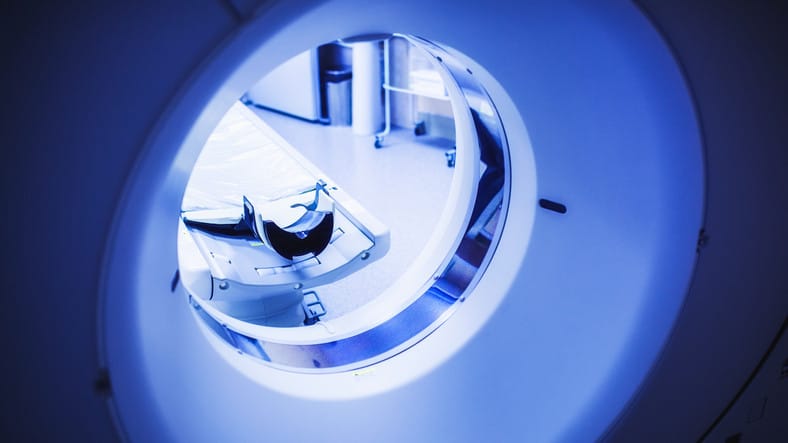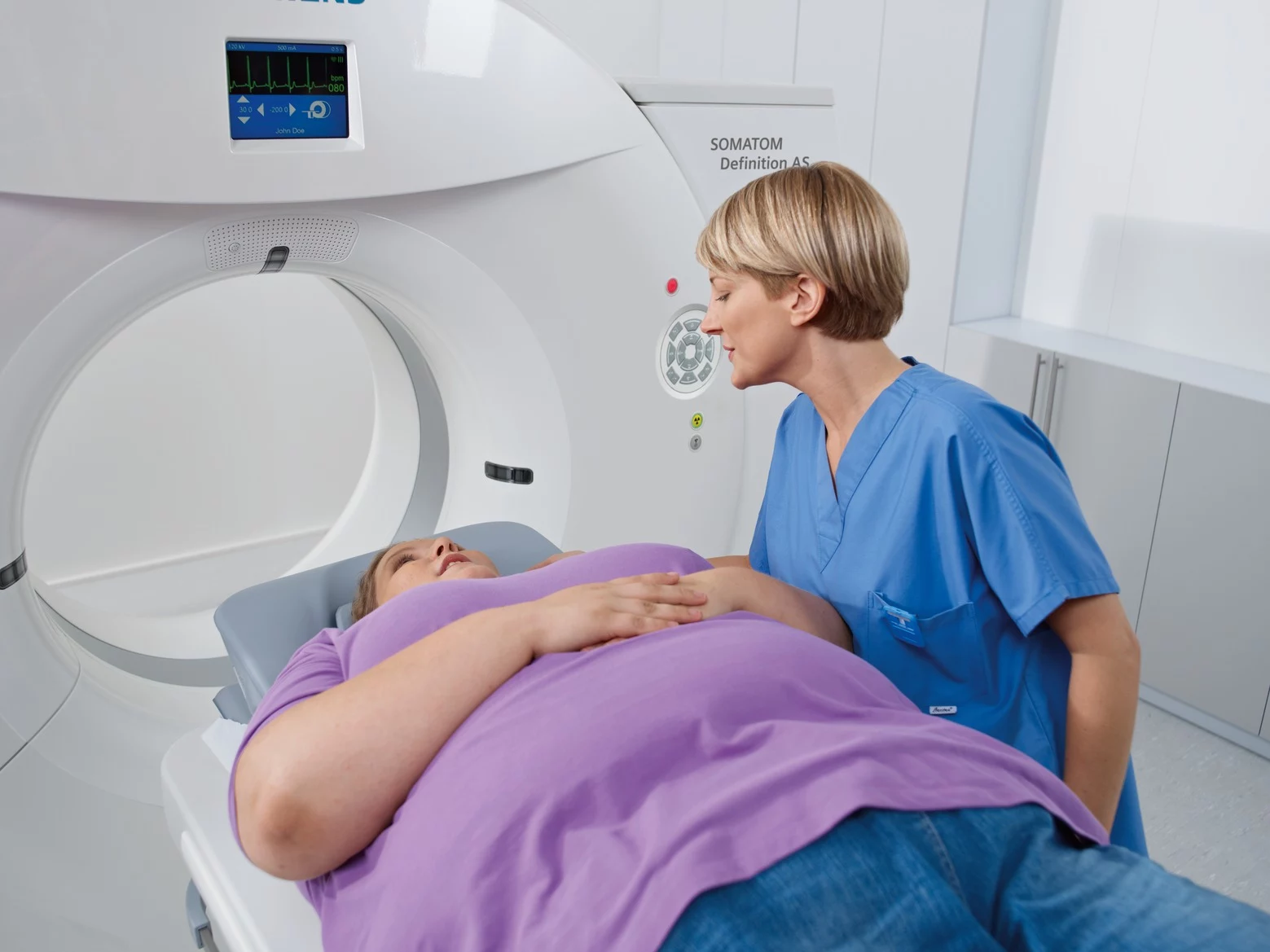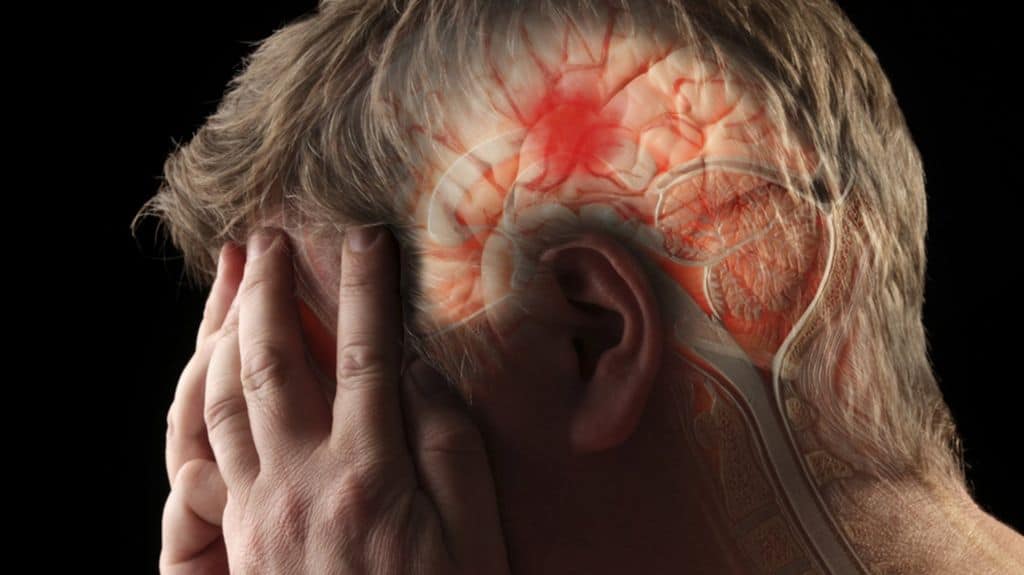CT scanners are important medical devices that are used to produce detailed images of the inside of the body. While both mobile CT scanners and portable CT units can be used for this purpose, there are some key differences between the two types of scanners.
In this article, we will compare the size, mobility, and versatility of mobile CT scanners and portable CT units, and discuss the pros and cons of each. We will also explore the various uses of these scanners, including in emergency situations and in remote or rural areas where access to traditional CT scanners may be limited.
At Catalina Imaging, we’re committed to providing the highest quality solutions by specializing in mobile CT scanning technology. Contact us today at info@catalinaimaging.com or call us at (844) 949-1664!
What makes Mobile CT Scanners vs. Portable CT Units so different?
They use different systems
Mobile CT scanners have a rotating gantry that allows them to go around the patient during the scan. The gantry is a large, stationary cylindrical tube that supports the x-ray source and detector array. These components work together to produce detailed images of the inside of the body.
The x-ray source emits a series of x-ray beams that pass through the patient’s body and are detected by the detector array on the other side. The resulting data is used to create detailed cross-sectional images of the body. They offer high resolution and detail, making them particularly useful for visualizing organs such as the heart, kidneys, and liver.
Portable CT units, on the other hand, use a single x-ray source and detector to produce detailed images of the inside of the body. The x-ray source in a portable CT unit is a small, focused beam of x-rays that is directed at the area of the body being imaged. The detector is located on the opposite side of the body and measures the intensity of the x-rays that pass through the body.
That being said, portable CT scanners are generally easier to use and require less training; however, they may not offer the same level of resolution or detail as mobile CT scanners.
They have different capabilities
Mobile CT scanners are typically mounted on a truck or trailer and brought to hospitals or other medical facilities for on-site imaging. They are generally larger, more expensive, and more complex than portable CT units and require a trained operator to perform the scan.
Additionally, mobile CT scanners are used for more specialized or complex imaging procedures. Portable CT scanners, on the other hand, are more commonly used in general diagnostic imaging and are used in remote locations, such as rural areas or developing countries. This is because they are small and easy to transport, allowing them to be moved easily from place to place where access to traditional CT scanners may be limited. For this same reason, they are also particularly useful in emergency situations.
Conclusion
Both mobile and portable CT scanners offer important benefits in terms of diagnostic accuracy and patient care and will continue to play a vital role in the medical field for years to come. Understanding the differences between the two devices can help healthcare providers choose the most appropriate device for a particular situation.
- https://catalinaimaging.com/rent-ge-mobile-ct-scanner/
- https://catalinaimaging.com/rent-siemens-mobile-ct-scanner/
- https://catalinaimaging.com/rent-toshiba-mobile-ct-scanner/
Let us help you find the perfect solution for your mobile medical imaging needs. Call us today at (844) 949-1664 or email us at info@catalinaimaging.com to learn how we can help your practice.











